A few weeks ago, a client of mine came in for a detoxifying facial with complaints of sporadic breakouts on the forehead and dryness on the cheeks. During the consultation, she admitted that she had been using bar soap (and not the good stuff) to wash her face followed by a moisturizer and BB cream for dry skin. I cleansed her skin and took a quick look at her trouble areas under the magnifying lamp. My assessment was brief; her pores were clogged, forehead riddled with blackheads and cheeks that were so severely dehydrated that fine lines were noticeable without the “lifting test” (I’ll explain what this is later). I knew immediately what the problem was and the diagnosis was easy.
DIAGNOSIS:
My client’s skin was severely dehydrated and malnourished. She thought since her cheeks were so “dry” that it needed more moisture, which in fact they did; but alas, oil is not moisture, it’s a lubricant.
So what’s the difference between dry skin and dehydrated skin? Allow me to shed a little light.
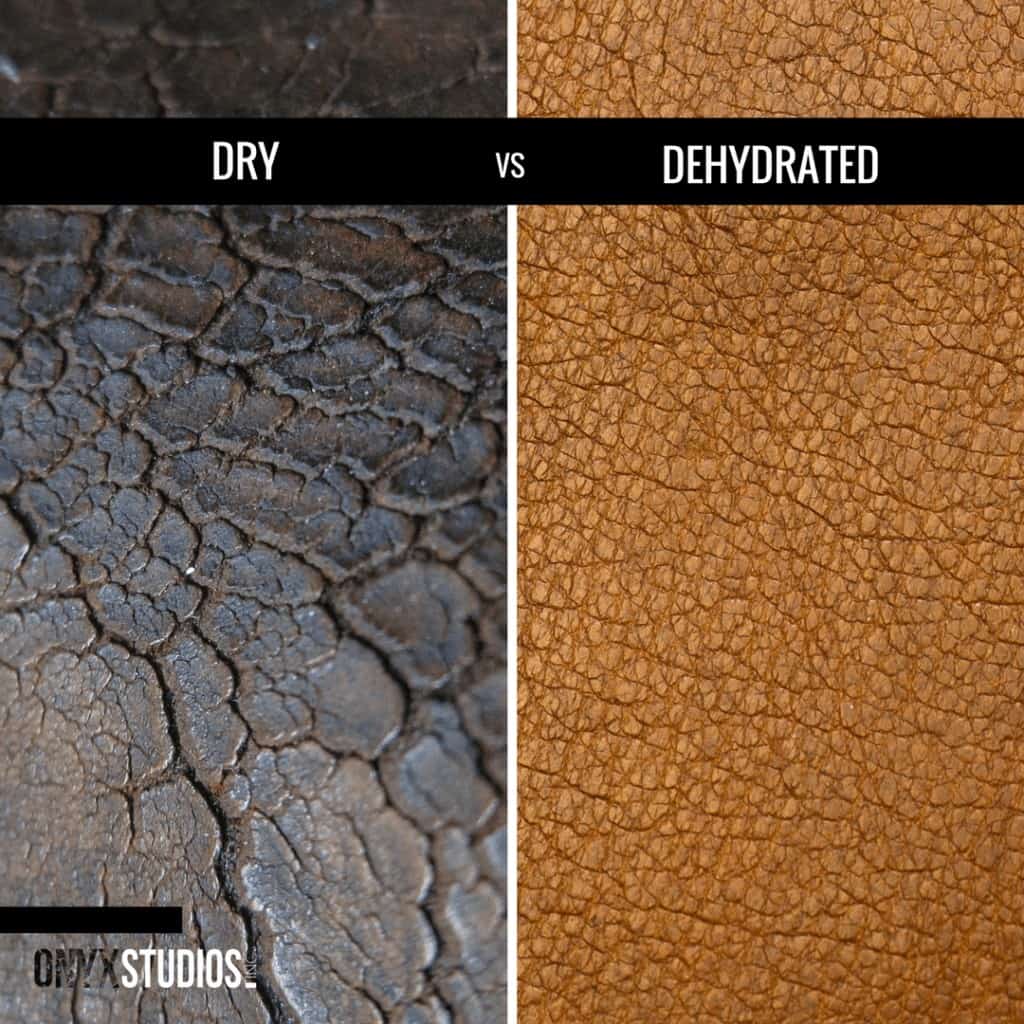
DRY SKIN:
Dry skin lacks a healthy production of sebum (oil). The sebum your body produces has only one purpose and that is to keep your hair and skin lubricated. Now, everyone is different. Though the human body is capable of producing sebum, some people’s oil glands are a little more active than others. How much your body creates can depend heavily on genetics, diet, lifestyle, skincare products, the environment and a host of other things.
As illustrated in my comparison graph I use the texture of leather for both dryness and dehydration.
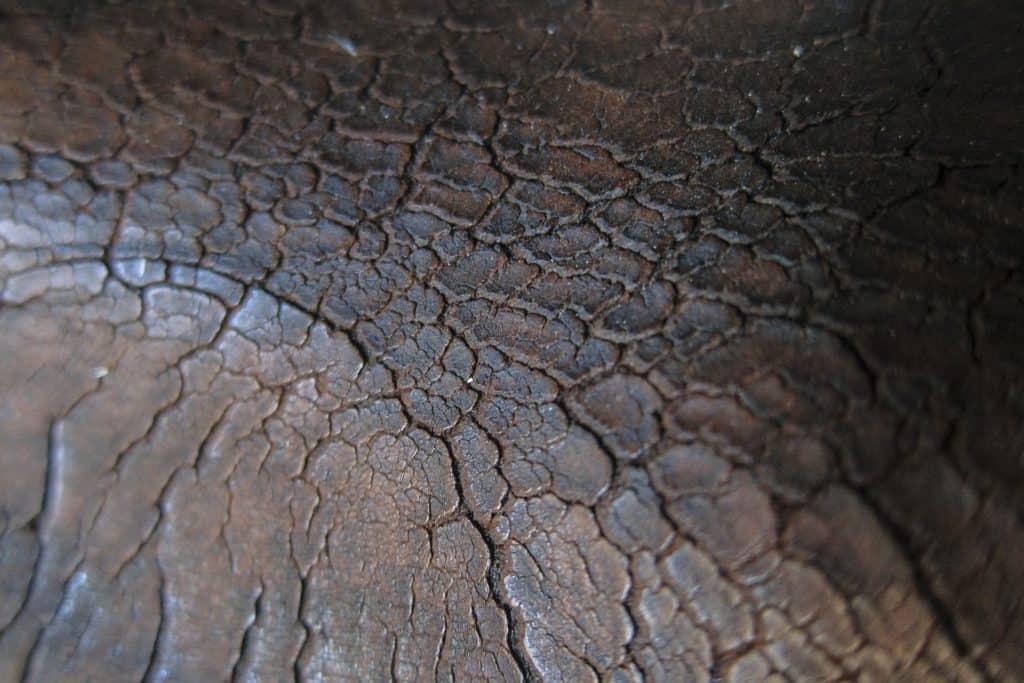
On the dry side, the leather is wilted, flaky, rough, scaly and uneven much like dry skin. When your body isn’t producing as much sebum as it should to keep your hair and skin lubricated, the skin will become dry, cracked and begin to peel. This is why people with drier skin tend to see the signs of aging much more quickly than their oily skin counterparts.
SOLUTION:
If your cause of dry skin stems from your genetic code, there isn’t much you can do to “cure” this condition. You can however use prevention and proactive measures in your home care routine:
1. EXFOLIATE: I know it seems counter-intuitive but exfoliating more often helps to increase the cell turnover rate of your skin. Since your skin lacks oil you will have to be diligent in stimulating the skin and removing cell buildup. But don’t over do it. Try to exfoliate your skin 1 to 2 times a week with a mild scrub.
2. LAYER: Use the layering method of applying a water based moisturizer and seal it with an oil based sunscreen or tint. Always apply your water based skincare products first then followed by your oil based product. This will help seal in moisture and ensure your skin is getting the nutrients that it needs.
3. LIFESTYLE: Do you live in an area where cold temperatures and low humidity dominate your weather forecast (a slight nod to the windy city)? Extreme temperatures, hot or cold can strip the moisture from your skin. I am not suggesting you move to a more skin friendly climate, but you can avoid introducing extreme temperatures to your skin. Avoid long steamy hot baths, keep your skin protected in the frigid weather and apply a dry skin moisturizer daily.
4. DIET: How is your diet? Are you eating foods and drinking liquids that rob your skin of its much needed water content (I am talking to all those devoted happy hour drinkers and fast food eaters)? Alcohol can play a major role in sucking the life (I mean that literally) out of your skin. Try cutting back on your weekly or in some cases, daily alcohol consumption. Swap it for fruit infused water or with plain ole H2O.
5. PROFESSIONAL HELP: If the above suggestions aren’t helping alleviate your dry skin issues, it is time to seek professional help. Booking a facial with your Esthetician will be helpful in shedding more light on your condition and offer a more effective solution. A microdermabrasion service in combination with a chemical peel can do wonders for drier skin types. Follow up the treatments with intense hydration therapy for visible, same day results.
DEHYDRATED SKIN:
In contrast to dry skin, dehydrated skin lacks water. Overall your body is made of 60% water and your skin is about 64% of the same. When you don’t drink or eat enough water (yes that is a thing), the result can visibly affect the skin. So while the sebum your body produces keeps your skin lubricated, water keeps you skin hydrated and alive (literally). If the average human can’t go more than 3 days without water (while its on record that some have gone 8-10 days without water, which I don’t recommend) before dying, think of how crucial it is for water to be a part of your skin’s diet.
Reverting back to my comparison graph, the leather on the right is dehydrated, tough, dull and well, leathery. It shows thousands of tiny fine lines ready to graduate to full blown crevices.
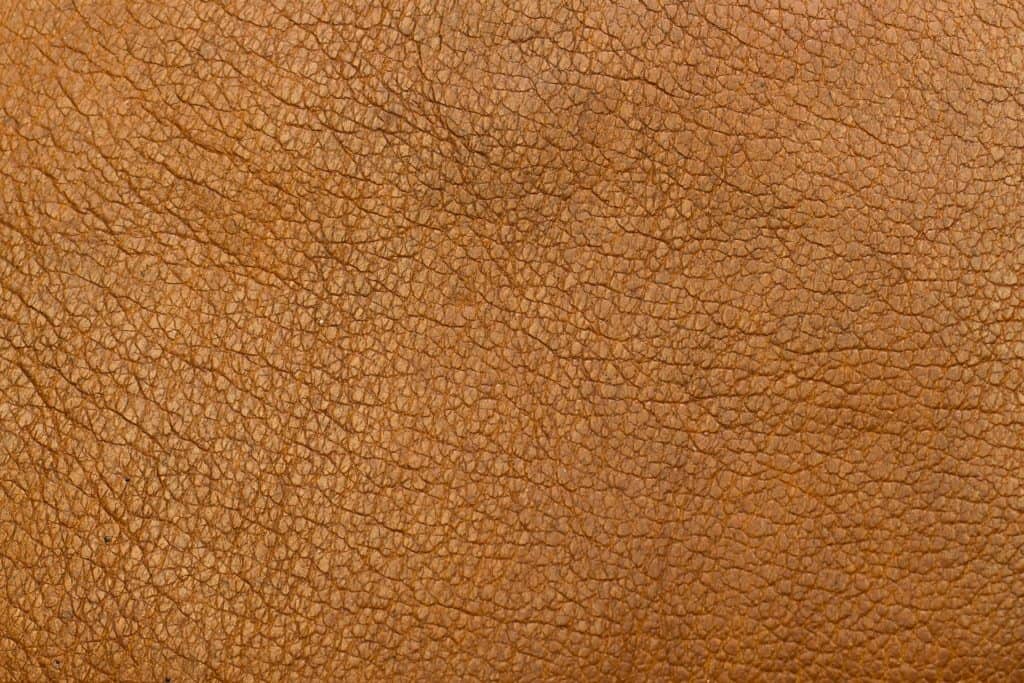
THE SOLUTION:
Fortunately, dehydration is not linked to any particular genetic code, so it’s completely curable. If you suffer from dehydrated skin, try the following:
1. DIET: This goes without saying, but the first thing to do would be to invest in a reusable water bottle. Keeping a water bottle handy acts as a constant reminder to drink more often throughout the day. The goal is to drink 9 cups of water each day. I know that’s tough, and no one wants to make frequent round trips to the restroom, especially while at work (talk about a productivity killer). You can try eating your water. Yup, you read that right. EAT YOUR WATER! Consuming more fruits throughout the day can help you reach your desired goal a lot easier and without the constant trips to the porcelain throne. Fruits with the highest water content are best. Here’s a quick list of fruits with the highest water content: watermelon (92%), strawberries (92%), grapefruit (91%), cantaloupe (90%). Bonus if you can add these fruits to your water for a little extra flavor.
2. PROFESSIONAL HELP: If you’ve introduced water more frequently into your diet and your skin is still dehydrated, it may be time to make an appointment with your Esthetician. Intense efforts of infusing water molecules into the skin can go a long way in alleviating visible dehydration.
SELF ASSESSMENT:
So how can you tell if you are dry or dehydrated? Here is a mini test you can do at home.
You’ll need a magnifying glass, a mirror and good lightening. While standing in front of the mirror, place the magnifying glass up to your cheeks. Take your index finger or thumb and lift your skin up from the bottom of your cheek. If you spot some very fine lines in the magnifying glass that is a good indication that your skin is dehydrated and not getting enough water.
While still using the magnifying glass stretch the skin with your index finger and thumb and look for distressed areas the show signs of flakiness, cracks and uneven textures. These clues will indicate you may have have dry skin.
OR
You can always book a hydrating facial with me for a professional look. Click here for an in depth analysis!
PRODUCTS:
Don’t have a skincare regimen for your dry or dehydrated skin? The ONYX STUDIOS, INC. BREATHE Skincare Collection is the perfect duo to help re-calibrate moisture retention in even the driest skin.
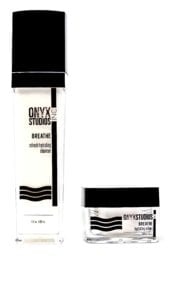
Did you do the self assessment? Let me know if your skin is dry or dehydrated. Leave a comment below!







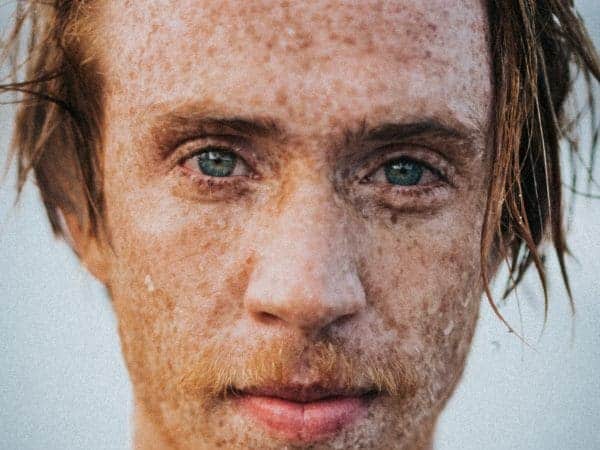


7 thoughts on “Dry vs Dehydrated Skin”
this post was really helpful! thanks for sharing.
Peels help to eliminate from most age amendments of the skin layer. effects effective at any age, intended for skin of any type. After superficial exposure disappear minor wrinkles, skin turns out smooth, smooth. Regeneration – three days. an Average peeling effectively struggles wrinkles (expression, old, affects small pits, eliminates age spots.
Regeneration – seven days. Profound peeling doing in the beauty hospitals. This is maximum effective procedure, however requires long term regeneration – about one month.
chemical skin peel before and after
This is truly helpful, thanks.
It works really well for me
This is really useful, thanks.
Thanks to the terrific manual
I spent a lot of time to locate something such as this